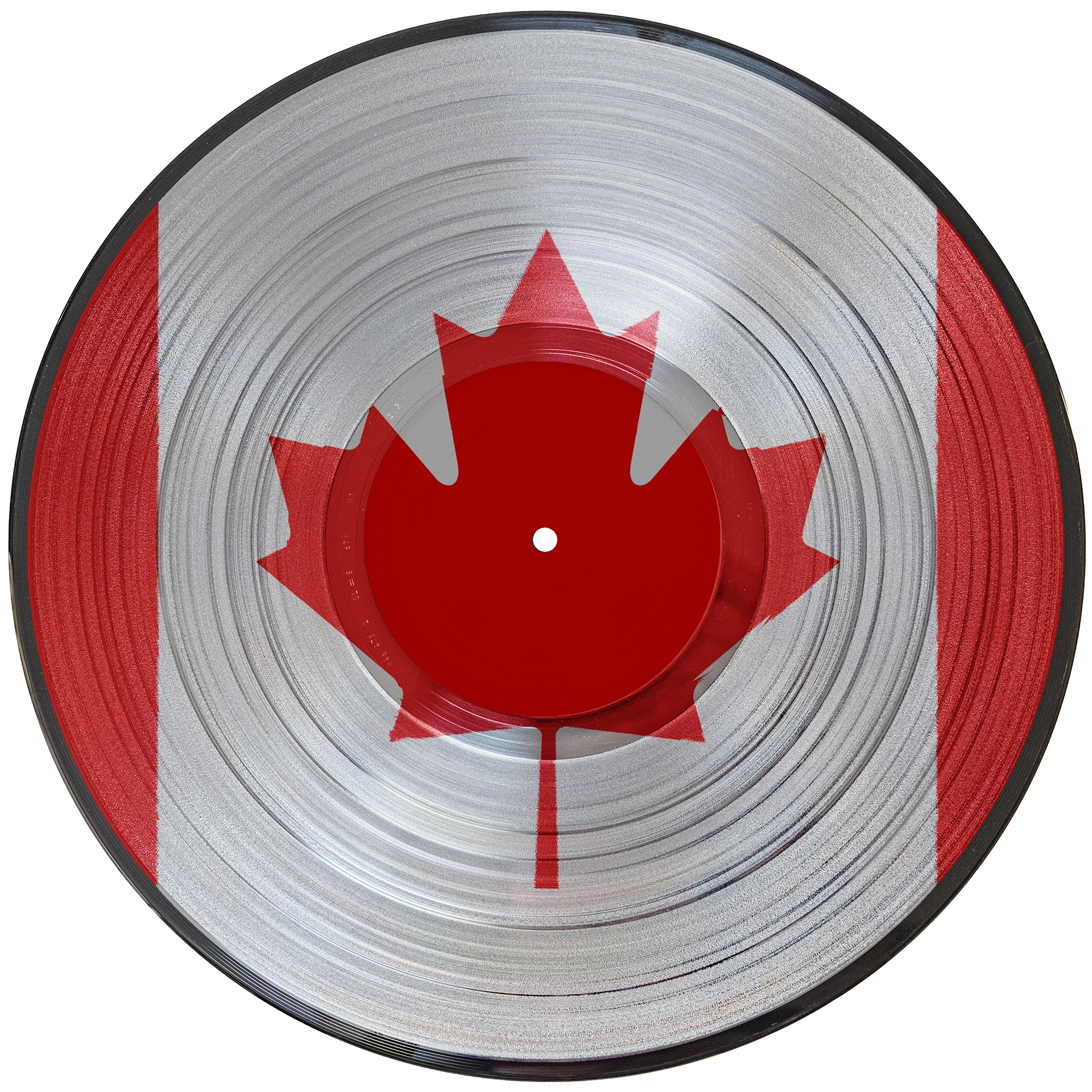Welcome to the third edition of our series, “Canadian Music Through the Decades.” In this series, we journey through the rich tapestry of Canadian music history, starting with tracks from 50 years ago, released in 1974, and progressing through each subsequent decade in 5-year instalments. Get ready to discover a diverse array of hits and hidden gems from Canada’s musical past! This edition explores music by Canadian artists released from 1980 to 1984.
The late 1980s was a transformative period for Canadian music. The recording industry saw a rise in popular acts and the emergence of alternative rock as an influential genre. This era produced a mix of established stars and new talents that set the stage for the dynamic changes of the coming decades.
Pop and Rock Sensations
In this period, the Canadian music scene was marked by the continued success of artists like Alannah Myles, Blue Rodeo, Jeff Healey, and Colin James. Their music, along with that of others such as Tú, Andrew Cash, Barney Bentall, Chalk Circle, Kim Mitchell, Frozen Ghost, and Sass Jordan, dominated the airwaves and concert stages. These artists brought a distinctive Canadian sound that resonated with both national and international audiences.
The Rise of Alternative Rock
Alternative rock began to carve out its niche, with independent artists gaining widespread attention. Bands like 54-40, The Tragically Hip, Sarah McLachlan, Spirit of the West, The Waltons, Cowboy Junkies, The Pursuit of Happiness, and The Grapes of Wrath emerged during this time, introducing fresh and innovative sounds that expanded the musical landscape.
Progressive Thrash Metal
Notably, the Canadian progressive thrash metal band Voivod gained significant respect within the metal community, further showcasing the diversity of the Canadian music scene.
Technological Advancements
The 1980s saw the music industry rescued from its economic crisis by digital recording technology. Vinyl records were replaced by compact discs (CDs), revolutionizing the way music was produced and consumed. This shift had a conservative effect, bringing clarity and longevity to music recordings.
Genre Diversity
The late ’80s was also characterized by the popularity of various genres:
- Soft Rock and Glam Metal: Bands like Loverboy and Helix continued to draw fans with their catchy tunes and electrifying performances.
- Thrash Metal and Shred Guitar: Heavy distortion, pinch harmonics, and whammy bar abuse became hallmarks of this genre, captivating metal enthusiasts.
- Adult Contemporary, Quiet Storm, and Smooth Jazz: These genres gained traction, providing soothing and sophisticated musical experiences.
Global Influence and Humanitarian Efforts
The technological advancements of the ’80s created a global effect on music, allowing it to reach previously impenetrable parts of the world. Musicians began to support humanitarian causes, using their platform to advocate for global issues.
Evolution of Canadian Music Journalism
During the 1980s, music began to receive serious coverage in Canadian newspapers and magazines. The introduction of the “music critic” and the expansion of publications devoted to various music styles marked a significant shift, reflecting the growing importance of music in Canadian culture.
The Rise of Canadian Hip Hop
The influence and innovations of Canadian hip hop came to the forefront with artists like Maestro Fresh Wes, Snow, and Dream Warriors. The debut of MuchMusic in 1984 and MusiquePlus in 1986 provided crucial platforms for music videos, boosting the visibility of both English and French Canadian musicians. These networks also created VideoFACT, a fund to help emerging artists produce their videos.
MuchMusic and the VJ Phenomenon
MuchMusic, Canada’s version of MTV, arrived three years after its American counterpart. The channel revolutionized the music industry, offering Canadian artists a new medium to reach audiences. VJs, or video jockeys, became celebrities, and regular rotation on MuchMusic turned many Canadian acts into household names. Artists like Corey Hart, The Pursuit of Happiness, Lee Aaron, and The Parachute Club saw their careers soar thanks to the exposure provided by MuchMusic.
Chart-Topping Diversity
The late ’80s showcased the incredible range of Canadian music, from singer-songwriters and synth-pop groups to hard-rock bands. Videos became the fast track to fame, with artists like Robbie Robertson and Alannah Myles achieving global hits. This era also saw the rise of alternative country with Blue Rodeo and Cowboy Junkies, and hip hop pioneers like Maestro and Michie Mee. Vibrant guitar heroes and a new wave of potent pop divas emerged, adding to the rich musical tapestry.
A Legacy of Growth and Innovation
By the end of the 1980s, Canadian music had reached unprecedented heights. The increased exposure through music videos and extensive touring from coast to coast helped many artists achieve international stardom. The stage was set for the explosive 1990s, marked by the Canrock indie revolution and a global takeover by Canadian pop divas. The legacy of the late ’80s demonstrated that Canadian music was undoubtedly on the rise, setting the foundation for future generations of artists.
As we look back on the late ’80s, we see a period of remarkable growth, diversity, and innovation in Canadian music. The artists of this era not only entertained but also laid the groundwork for the vibrant and dynamic music scene that continues to thrive today.

